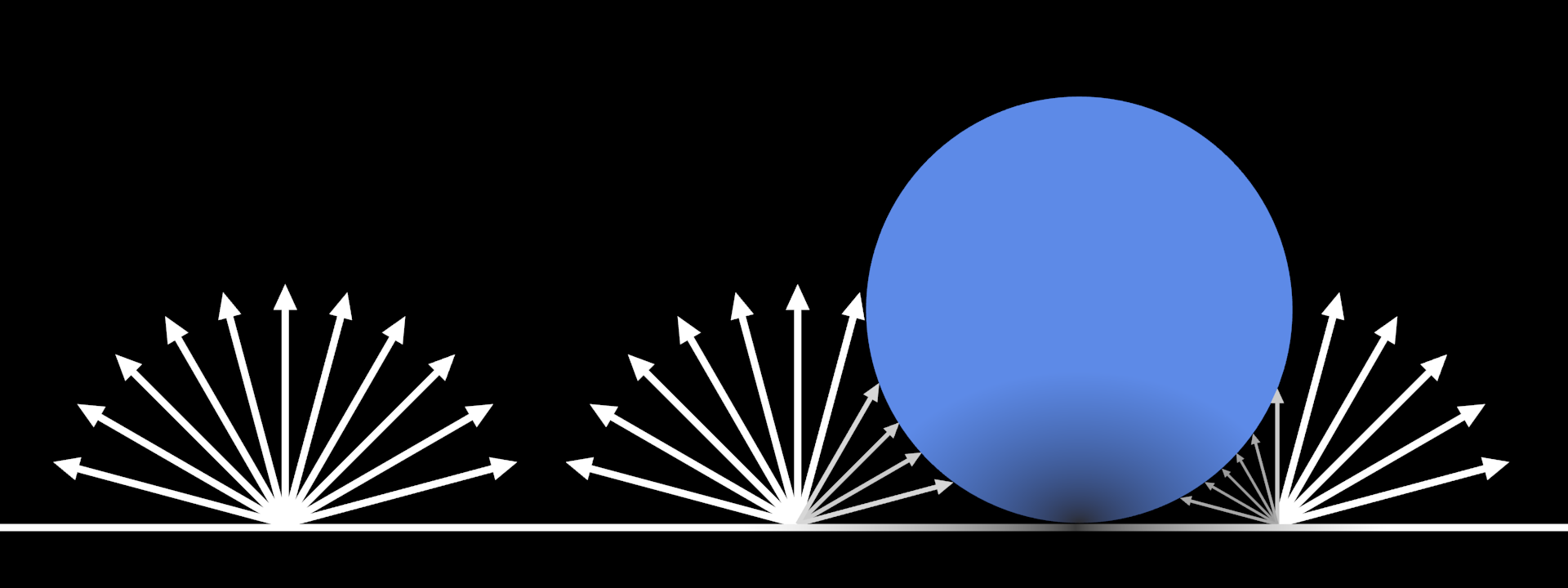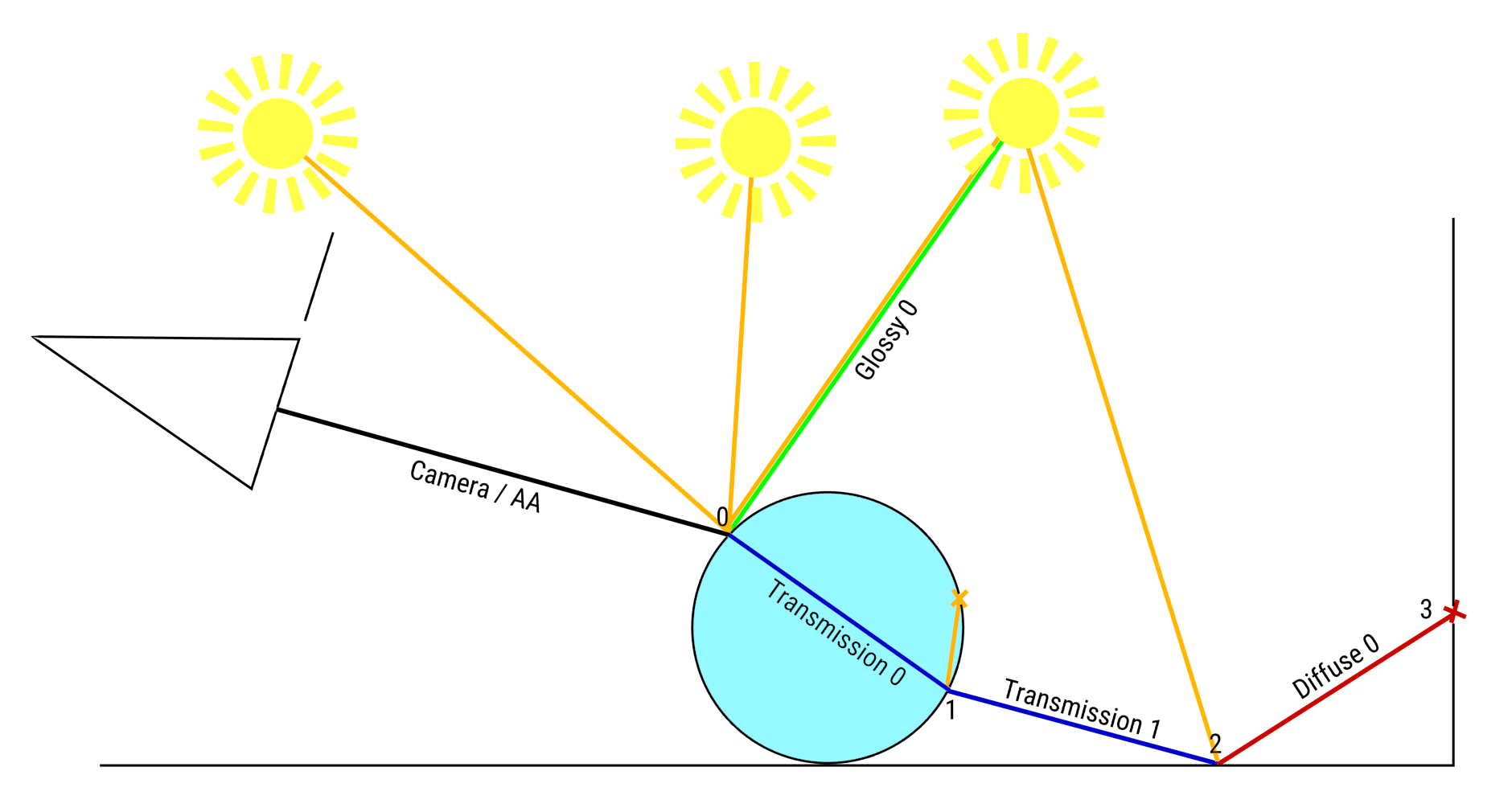With The Cycles render engine you have more than 91 material nodes at your disposal. Who could possibly remember them all? Well, you can, with the help of this book.
The Cycles Encyclopedia is an in-depth book covering all nodes and settings of the Cycles render engine. It's a professional documentation project by the Blender experts Frederik Steinmetz & Gottfried Hofmann, both Blender Foundation Certified Trainers.
- Detailed explanation of every node and setting in Cycles
- Graphics and drawings explaining how the nodes work internally
- Pre-rendered comparisons of node settings
- Bonus chapters on render performance, camera settings and Python snippets to use with Cycles
- Find out how a path tracer works internally and how to use that knowledge to your advantage
- eBook in PDF format (360 pages A4) - compatible with most e-reader devices, smartphones and tablets.
- More than 300 figures and images
- Available in English
- Blender version: 2.93
- 50% of the price go to the Blender Institute to fund further development of Cycles and Blender when ordered via the Blender.org e-store.
- Lifetime free updates - subscribe to our newsletter to get notified of each update.
Table of Contents Sample Excerpt #1 Sample Excerpt #2
Get version 2.93 of the eBook for just € 27,- (~ $29.-) - via Blender.org e-store
Blender users about The Cycles Encyclopedia:
This book has been the result of an effort to bring Cycles material nodes closer to the Blender audience, and it is the best one hands down. - Spyros Mintzas, Blendernation
Very cool repository. It saved me hours of time in understanding cycles. And the best: updates for free! - Tobias Günther, elaspix
"The Cycles Encyclopedia" by Gottfriend Hofmann and Frederik Steinmetz is your definitive atlas for all things Cycles-related. Very handy and well-thought-out reference! - Reynante Martinez
If you want to know what any given Cycles node does (including input and output) without wading through a heap of tutorials, this is absolutely the resource you've been looking for. Bought a copy of this at BConf 2014 within minutes of it being announced and haven't been disappointed. Top work Gottfried Hofmann and Frederik Steinmetz! - S J Bennet
Excellent eBook, if you use Blender Cycles you probably need this book. - Terry Wallwork, Adventures in Blender
This encyclopedia will prove a very useful tool for me in the future and will save a lot of time. I would say that it will do the same for you, too, if you are a beginner, an experienced user or seasoned 3d user who wants to get into Blender and master the Cycles renderer. - James Abell
To get a an overview of how changing a setting in Cycles will alter the look of a shader the book includes several comparison sheets, at least one per shader. Here an example for the glass shader:

To help you understand how Cycles shaders work internally The Cycles Encyclopedia has drawings included to visualize what is going on behind the scenes, here an example for the ambient occlusion node:

The Cycles Encyclopedia also includes many hints and tips on how to use shaders and other Cycles features. The ambient occlusion distance for example should be about half of the ceiling height for interiors for perfect results:

But also the more technical aspects of Cycles are explained using drawings, like the feature sample all direct in branched path tracing:

Author Frederik Steinmetz about The Cycles Enyclopedia: "I had no idea Cycles really was this powerful!"
Every once in a while I needed to look up something. I had to go online, search for it and if it was something fairly special, it took me forever to find it.
So I was longing for an ultimate guide that has ALL the information I need in ONE place.
Sometimes I'd hear about a new feature like branched path tracing. Sure you can search for a tutorial, hope it explains everything you want to know and then go back and start using it. But almost always some questions remained.
So I thought: hey, wouldn't it be great if there was an option to get an overview of everything I need to know about that feature?
That's when I started to do my own research, and I found out so much more than I was looking for!
My work with Cycles has become so sophisticated and efficient, I couldn't believe it. So I decided to write down my findings. Pretty soon the collection started to grow, and it became the book you can see here.
When checking things on the Blender wiki, I often thought: Well, that's somewhat of an explanation, but what is this node for? That's why I included examples and helpful tips about all the features I describe.
Check out a sample here.
While the work was progressing, my partner and now co-author - Gottfried Hofmann - mentioned: Why only include all the material nodes, why not include EVERYTHING? Which was when we teamed up on this project and it now includes camera settings, render settings, the node wrangler addon and much more. Click here for the table of contents.
My work greatly benefited from all the knowledge in this book and so can yours! Not convinced? Try it out, if you are not completely satisfied, let us know within two weeks and get your money back, no questions asked.
Co-Author Gottfried Hofmann about The Cycles Encyclopedia: "I use this book regularly in production."
When Frederik showed me the first preview version it was immediately clear to me: This book is über-useful. I'm doing a lot of training and consulting and having all the information about Cycles available at one place really helps when troubleshooting or optimizing shaders. Since then I'm keeping the book with me all the time. I also joined forces to add all my theoretic knowledge about Cycles and path tracing.
The Cycles Encylopedia works on three levels:
- A place to look up all you need to know about every node and setting in Cycles.
- A reference sheet for the look of shaders and textures.
- A guide to path tracers in general.
You want speed and quality? This book is made for you!




